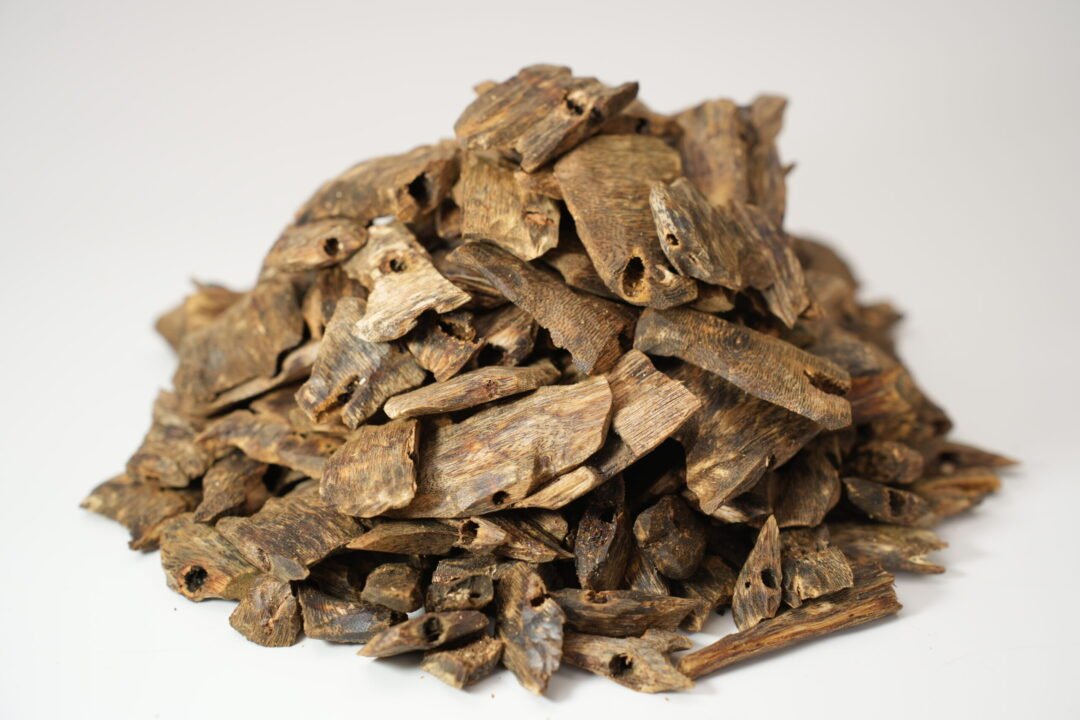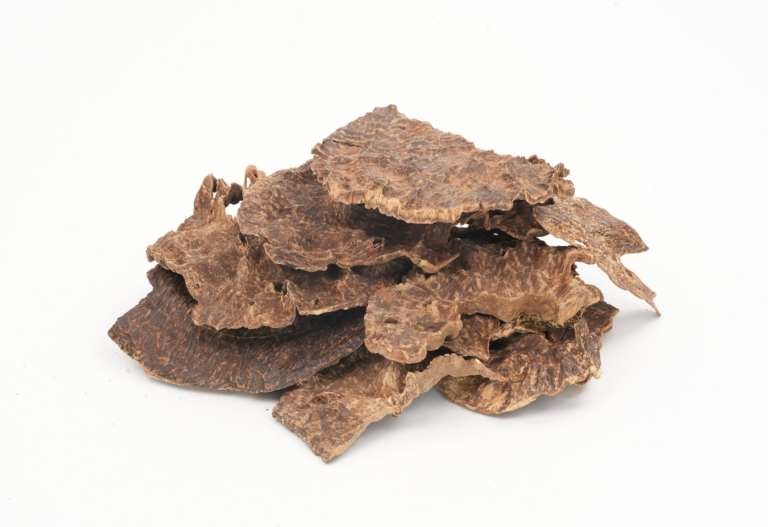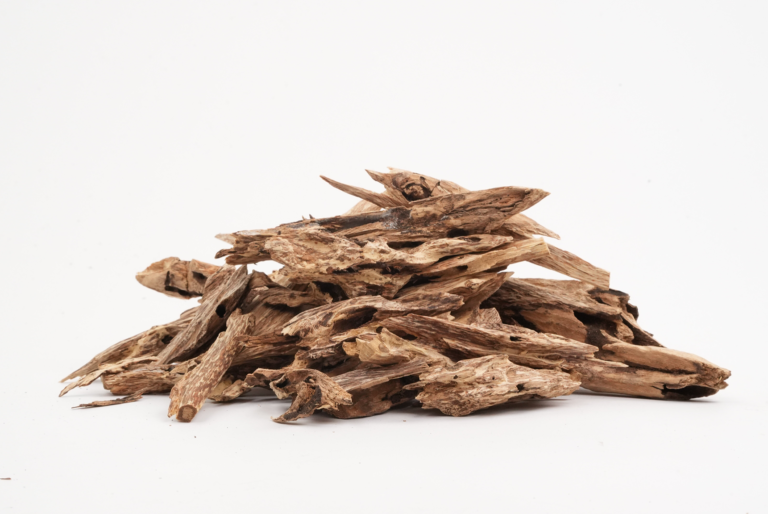The historical usage of agarwood dates back to the earliest times of the Qin and Han dynasties. The initial documentation of agarwood is found in the Western Capital Miscellaneous Tales from the Han Dynasty. The story of agarwood evolved from its origins in the Qin and Han dynasties to the Six Dynasties period, achieving a high level of refinement during the Tang and Song dynasties. It subsequently experienced a decline during the Ming and Qing dynasties, yet has made a remarkable comeback, capturing the admiration and fervent pursuit of its aficionados in contemporary times. Below, we will meticulously explore the journey of agarwood’s historical development
Han Dynasty period:Royal incense worship was prevalent.
In the Han Dynasty, the Maritime Silk Road was in its infancy, connecting Asia and Europe through the Indian Ocean and frequent trade with Southeast Asia. Spices originally grown abroad began to enter the heartland of China, and among them was the storied Incense Agarwood.
The “Eccentric Records of the Western Capital”, a historical account from the Han Dynasty, recounted that when Emperor Cheng of the Han ascended to the throne in the year of Yongsheng, Princess Zhao Feiyan, upon being proclaimed Empress, received thirty-five congratulatory items from her sister, Princess Zhao He De. Among these gifts was “Coniferous Incense”, a fragrant wood that sinks in water, equated to what we now recognize as “Chenxiang”. Enjoying the fine art of incense, Zhao Feiyan and her sister Zhao He De were immersed in the enveloping fragrance of the “Coniferous Incense”. As she danced, Zhao Feiyan’s sensuous allure was further accentuated by the lingering aroma that filled the air.
During the Sui Dynasty, Emperor Yang of Sui incinerated incense on New Year’s Eve.
According to legend, during the New Year’s Eve, Emperor Yang of the Sui Dynasty, Yang Guang, constructed numerous piles of sandalwood, resembling a sandalwood volcano, within the imperial palace. The palace featured dozens of these sandalwood volcanoes. Each volcano was built with sandalwood, a process that required several carriages of sandalwood. On New Year’s Eve, when the sandalwood volcanoes were lit, the flames soared several feet high, and the smoldering sandalwood scent drifted for tens of miles away. At the time, the Sui Dynasty was thriving, with a well-stocked treasury, and the lavish use of sandalwood by Emperor Yang Guan could be seen in this practice.
During the Tang Dynasty: Emperor Xuanzong and Yang Guifei admirable spring at the Incense Sand Pavilion.
The "Clear Harmony Tunes" by the Tang Dynasty poet Li Bai mentions the Incense Pavilion: "Clearing an unlimited sorrow with the wind, they lean on the railings of the Incense Pavilion to enjoy the spring."
This verse speaks of Emperor Xuanzong and his favorite concubine, Yang Yuhuan, enjoying the beauty and grace of spring at the Incense Pavilion, where all of the Emperor’s nagging worries vanish with the stunning scenery and the presence of his beloved.
It’s said that the Incense Pavilion was located within Xingqing Palace, a spot frequented by Emperor and Empress during their splendid reigns. After establishing the Golden Age of Kaiyuan, Emperor gradually fell into extravagance and pleasure-seeking. A glimpse of the Incense Pavilion’s scene reveals the profound affection between the emperor and the empress, how deeply they were in love.
During the Song and Yuan periods, the populace used incense sticks made from sandalwood.
- Before the Song Dynasty, sandalwood was primarily used by the aristocracy and nobles, with little opportunity for common people to come into contact with it. However, during the Song Dynasty, sandalwood was produced in Hainan, China, and there was also a large import of sandalwood from foreign countries. Sandalwood gradually entered the common people’s lives for use.
- The Song people referred to the practice of burning sandalwood incense, brewing tea, hanging paintings, and arranging flowers as the “Four Arts of a Scholar.” In a famous scene from the painting Along the River During the Qingming Festival by Zhang Zeduan, there is a shop selling sandalwood (Liu’s Shop Selling Sandalwood, incense)
During the Ming and Qing dynasties,cedarwood incense declined
During the Ming Dynasty, incense culture developed more fully in the popular society. The use of sandalwood became an integral part of daily life for people. However, with the outbreak of the Opium War in the late Qing Dynasty, the incense culture gradually declined under the impact of the war. With survival itself becoming a concern, let alone the luxury of sandalwood, which was a symbol of prosperity and elegance during a flourishing era.
Modern Society: Sandalwood Redefines Lifestyle Trends
In modern society, people’s living standards and material needs have improved, yet their spiritual lives often feel lacking. As a result, there is a growing pursuit of spiritual satisfaction. The culture of incense, known as “Chenxiang” in Chinese, has revived in popularity. Various Chenxiang-based souvenirs, including jewelry, incense, and instruments, are gaining traction in the niche market for cultural artifacts, from simple Chenxiang bracelets to intricate Buddhist prayer beads, to finely crafted Chenxiang carvings, and easy-to-use incense sticks.
An ancient saying about Chenxiang encapsulates its multitudes: "To wear is a scholarly treasure, to inhale is a medicinal supplement, and to eat is a traditional herb." Far beyond mere decoration, Chenxiang is a critical ingredient in over one hundred Chinese herbal remedies. The practice of appreciating and drinking Chenxiang embodies a refined approach to holistic health and inner peace.




